Home>Garden Essentials>How To Engage A Fluent Reader Student In A Dramatic Play Area?


Garden Essentials
How To Engage A Fluent Reader Student In A Dramatic Play Area?
Modified: March 7, 2024
Engage a fluent reader student in an interactive garden-themed dramatic play area with creative props, imaginative storytelling, and hands-on activities. Encourage exploration and learning in a stimulating and engaging environment.
(Many of the links in this article redirect to a specific reviewed product. Your purchase of these products through affiliate links helps to generate commission for Storables.com, at no extra cost. Learn more)
Introduction – Exploring the Importance of Engaging Fluent Reader Students in a Dramatic Play Area
Engaging students in their learning is essential for their growth and development. When it comes to fluent reader students, creating an environment that ignites their imagination and caters to their specific needs is crucial. One way to achieve this is by incorporating a dramatic play area into the classroom or learning space.
A dramatic play area provides ample opportunities for students to explore, create, and imagine through role-playing and storytelling. It not only enhances their language and literacy skills but also fosters creativity, collaboration, and problem-solving abilities. By engaging fluent reader students in a dramatic play area, educators can create an immersive and enriching experience that enhances their learning journey.
By immersing themselves in dramatic play, fluent reader students can dive into a world of imagination and storytelling. They can take on different roles, act out scenarios, and develop a deeper understanding of various concepts and themes. This hands-on and interactive approach ensures that students are actively involved in their learning, making it more meaningful and memorable.
The use of props and materials in the dramatic play area can further enhance the experience. By providing relevant items such as costumes, props, and accessories, students can fully immerse themselves in the roles they are playing. This not only sparks their creativity but also helps in developing a greater sense of empathy and understanding as they step into the shoes of different characters.
Themed play stations within the dramatic play area can also bring variety and excitement to the learning environment. Whether it’s a pretend grocery store, a doctor’s office, a restaurant, or a space station, these themed areas provide a context for students to engage in imaginative play. Such themed play stations can be easily set up with the help of simple props, posters, and labels to create an authentic and immersive experience.
Engaging fluent reader students in a dramatic play area goes beyond just play. It provides a unique opportunity to integrate literacy learning into the experience. Through role-playing scenarios, students can develop their reading and writing skills by creating dialogue, scripts, and narratives. They can also explore different genres such as fantasy, adventure, or mystery, allowing their imaginations to soar while honing their language abilities.
In addition to fostering creativity and literacy development, a dramatic play area also promotes independent exploration. By providing students with choices and autonomy within the play area, educators can encourage self-directed learning. Open-ended activities that allow students to explore and create their own stories and scenarios empower them to take ownership of their learning and express their unique ideas and perspectives.
While independent exploration is important, guided play experiences led by the teacher are also valuable in a dramatic play area. Educators can offer prompts, suggestions, and challenges to enhance learning and engagement. By guiding discussions and reflections after play sessions, teachers can help students make connections between their experiences in the play area and the real world, fostering a deeper understanding of the concepts being explored.
Assessing and monitoring students’ progress in the dramatic play area can be done through observation and documentation. By carefully observing their play, educators can gain insights into their language development, problem-solving abilities, and social interactions. Keeping records of their play experiences can also help track their growth, enabling educators to tailor activities to individual student needs.
Engaging fluent reader students in a dramatic play area opens up a world of possibilities. It not only strengthens their language and literacy skills but also fosters creativity, collaboration, and a love for learning. By creating a stimulating environment, choosing appropriate activities, incorporating literacy learning, fostering independent exploration, and guiding play experiences, educators can create a transformative learning experience that empowers fluent reader students and prepares them for success in and beyond the classroom.
Key Takeaways:
- Engaging fluent readers in dramatic play enhances language skills, creativity, and teamwork. It fosters a love for learning and empowers students to take ownership of their education.
- By providing an interactive play environment, educators ignite students’ imaginations and promote independent exploration. Through guided play experiences, students develop critical thinking and communication skills.
Read more: What Is Learned In A Dramatic Play Area
Creating a Stimulating Environment – Designing an Inviting and Interactive Dramatic Play Area
When it comes to engaging fluent reader students in a dramatic play area, creating an inviting and interactive environment is key. The design and setup of the play area can greatly enhance the immersive experience and encourage student participation. Here are some strategies to consider:
Incorporating Relevant Props and Materials
Choosing the right props and materials is essential to create an authentic and engaging dramatic play area. Consider the themes or scenarios you would like to explore and provide props that support those themes. For example, if you want to create a pretend grocery store, gather items such as play food, cash registers, shopping carts, and price tags. These props will help students immerse themselves in the role-play and make the experience more enjoyable and realistic.
Setting Up Themed Play Stations
One way to add variety and excitement to the play area is by setting up themed play stations. These stations can be based on different settings or scenarios, such as a doctor’s office, a restaurant, a post office, or even a space station. Each station should be equipped with props and materials that are relevant to the theme. This allows students to choose their preferred scenario and engage in imaginative and role-playing activities.
Designing an Inviting Space
In addition to the props and play stations, the overall design of the dramatic play area should be visually appealing and inviting. Consider using bright colors, engaging posters, and labels to create an immersive and captivating environment. Displaying visuals that represent different roles or scenarios can further enhance the students’ understanding and encourage them to explore different possibilities. Ensure that the space is organized and clutter-free, allowing students to move around freely and engage in their play activities.
Creating Interactive Elements
To make the dramatic play area more interactive, consider incorporating elements that require student participation. For example, you could include a writing station where students can create menus for their restaurant or write appointment cards for the doctor’s office. You could also incorporate interactive technology, such as tablets or smartboards, to enhance the play experience. These interactive elements not only make the play area more engaging but also provide opportunities for students to practice their reading, writing, and technological skills.
By designing an inviting and interactive dramatic play area and incorporating relevant props, materials, and themed play stations, educators can create a stimulating environment that captivates and engages fluent reader students. This environment sets the stage for imaginative play, sparks creativity, and provides opportunities for language and literacy development.
Choosing Appropriate Dramatic Play Activities – Selecting Activities that Challenge Fluent Readers
Engaging fluent reader students in a dramatic play area goes beyond simply providing props and materials. It involves selecting activities that stimulate their minds, challenge their abilities, and promote their overall growth and development. Here are some strategies to consider when choosing appropriate dramatic play activities:
Activities that Challenge Fluent Readers
Fluent reader students possess a higher level of reading and language skills, and it is important to provide activities that align with their abilities. Choose activities that involve reading scripts, following instructions, or even creating their own stories and dialogues. For example, students can take on the roles of characters from their favorite books or explore different genres through role-playing scenarios. These activities not only enhance their reading comprehension but also foster their creativity and imagination.
Read more: What Should Be In The Dramatic Play Area
Promoting Creativity and Imagination
Dramatic play is a perfect opportunity for fluent reader students to unleash their creativity and imagination. Encourage them to come up with their own storylines, characters, and scenarios. Provide open-ended prompts that allow them to think critically and make decisions while playing. For example, in a pretend doctor’s office, they could create a unique patient with a mysterious illness, challenging them to think creatively and problem-solve throughout the play session.
Encouraging Collaboration and Problem-Solving
Collaboration and problem-solving skills are crucial for fluent reader students to develop and practice. Choose activities that require them to work together, take on different roles, and solve problems as a team. For example, they could engage in a pretend restaurant scenario where they have to collaborate on taking orders, preparing food, and serving customers. These activities promote teamwork, communication, and critical thinking while fostering a sense of responsibility and empathy.
It is important to provide a balance of activities that challenge fluent reader students, promote creativity, and encourage collaboration and problem-solving. By selecting appropriate activities, educators can ensure that students are fully engaged in their learning and are actively using their language skills in a meaningful context. This not only strengthens their literacy abilities but also enhances their social and cognitive development.
Incorporating Literacy Learning – Integrating Reading and Writing Opportunities within the Dramatic Play Area
One of the key benefits of engaging fluent reader students in a dramatic play area is the opportunity to integrate literacy learning into their play experiences. By incorporating reading and writing opportunities, educators can further enhance students’ language skills while fostering a love for literacy. Here are some strategies for incorporating literacy learning:
Integrating Reading and Writing Opportunities
Within the dramatic play area, provide opportunities for students to practice their reading and writing skills. For example, you can include labels or signs that students can read and interact with as they move through different play stations. Encourage them to refer to storybooks, menus, or instruction cards to gather information or complete tasks during their play. Integrating reading and writing opportunities not only reinforces their literacy skills but also helps them connect the play experience to real-life contexts.
Exploring Literacy through Play
Encourage students to explore literacy concepts through play by incorporating literacy-related props and materials. For example, provide a writing center with paper, pencils, and markers where students can create their own signs, labels, or menus. Encourage them to write and exchange notes in a pretend post office or write letters to their imaginary friends in a pretend mailbox. These types of activities enable students to engage in authentic reading and writing experiences while having fun in the dramatic play area.
Using Storybooks and Scripts
Storybooks and scripts can be valuable tools for enhancing language skills within the dramatic play area. Choose age-appropriate storybooks that align with the theme or scenario of the play area. Read the stories aloud to the students or encourage them to explore the books independently. They can then incorporate elements of the story into their play, such as reenacting scenes or creating new narratives inspired by the storybook. Similarly, provide scripts for students to act out different roles and scenarios, allowing them to practice their reading fluency and expression.
Incorporating literacy learning into the dramatic play area provides a meaningful and engaging context for students to develop and refine their language skills. By integrating reading and writing opportunities, encouraging exploration of literacy concepts through play, and utilizing storybooks and scripts, educators can ignite a passion for literacy while fostering students’ communication abilities, imagination, and creativity.
Fostering Independent Exploration – Providing Students with Choices and Autonomy in the Dramatic Play Area
Fostering independent exploration in the dramatic play area is an essential component of engaging fluent reader students. By providing them with choices and autonomy, educators can promote self-directed learning and empower students to take ownership of their play experiences. Here are some strategies to foster independent exploration:
Providing Choices and Autonomy
Allowing students to make choices within the dramatic play area empowers them and encourages their independence. Provide a variety of play stations or scenarios and let students decide which ones they want to explore. Allow them to choose their roles, characters, or even the direction of the play. By giving students ownership of their choices, they become more engaged and invested in their play, leading to a deeper level of exploration and learning.
Developing Self-Directed Learning Skills
Open-ended activities are an excellent way to foster self-directed learning in the dramatic play area. Provide students with materials and props that allow for endless possibilities and encourage their imaginations to soar. For example, a collection of basic household items can be transformed into a variety of scenarios, such as a kitchen, a workshop, or a detective agency. This type of exploration promotes problem-solving, critical thinking, and creativity as students navigate and construct their own play experiences.
Promoting Self-Expression and Confidence
A dramatic play area provides a safe and supportive environment for fluent reader students to express themselves and build confidence. Encourage students to bring their own ideas, stories, and perspectives into the play area. Allow them to use their language skills and imagination to elevate the play experience. Provide opportunities for students to share their experiences and reflections with their peers or the whole class, fostering self-expression and fostering a sense of belonging and validation.
By fostering independent exploration through providing choices and autonomy, encouraging self-directed learning through open-ended activities, and promoting self-expression and confidence, educators can empower fluent reader students in the dramatic play area. This fosters their unique abilities, nurtures their creativity, and allows them to develop important skills such as decision-making, problem-solving, and self-expression.
Engaging in Teacher-Guided Play – Guiding Students in Purposeful Dramatic Play Experiences
In addition to fostering independent exploration, teacher-guided play in the dramatic play area plays a crucial role in enhancing learning and engagement for fluent reader students. By providing guidance, prompts, and facilitating discussions, educators can create purposeful play experiences. Here are some strategies for engaging in teacher-guided play:
Guiding Students in Purposeful Dramatic Play Experiences
As educators, it is important to guide students in their play experiences to ensure they are purposeful and aligned with learning objectives. Start by introducing the theme or scenario and providing students with some background information or context. This helps them understand the purpose and relevance of the play experience. Throughout the play session, observe and actively participate to guide students in staying focused on the intended learning outcomes.
Offering Prompts and Suggestions to Enhance Learning and Engagement
Offering prompts and suggestions during dramatic play can help deepen students’ understanding and engagement. Prompt students with thought-provoking questions, challenges, or scenarios that encourage them to think critically and expand their play. For example, in a pretend restaurant scenario, you can ask students to consider how to handle a difficult customer or to create a special dish for a special occasion. These prompts spark creativity, problem-solving, and conversation among students, enriching their play experience.
Facilitating Discussions and Reflections after Play Sessions
Engaging in discussions and reflections after play sessions is vital for reinforcing learning and promoting metacognitive skills. Gather students together and facilitate a group discussion to encourage them to share their experiences, challenges, and discoveries. Ask open-ended questions that encourage reflection, such as “What did you learn from today’s play scenario?” or “How did you solve the problem you encountered?” This reflection process helps students make connections between their play experiences and real-life situations, fostering deeper understanding and transferring skills to other contexts.
Teacher-guided play in the dramatic play area ensures that students are not only engaging in play for the sake of play but also fostering meaningful connections to academic and social-emotional learning. By providing guidance, offering prompts, and facilitating discussions and reflections, educators can create purposeful play experiences that promote learning, critical thinking, collaboration, and self-awareness.
Assessing and Monitoring Progress – Utilizing Observation and Documentation to Assess Student Engagement
Assessing and monitoring student progress in the dramatic play area is essential for understanding their engagement, language development, and literacy skills. By utilizing observation and documentation, educators can gather valuable insights and make informed decisions about adjusting activities to meet individual student needs. Here are some strategies for assessing and monitoring progress:
Utilizing Observation to Assess Student Engagement
Observation is a powerful tool for assessing student engagement in the dramatic play area. Observe students as they interact with props, engage in role-playing, and collaborate with their peers. Take note of their level of involvement, enthusiasm, and ability to sustain engagement over time. Look for signs of creativity, problem-solving, and language use. This firsthand observation allows educators to gauge students’ level of interest, learning, and social interaction during play.
Tracking Language Development and Literacy Skills
The dramatic play area can be a rich context for developing language and literacy skills, making it important to track students’ progress in these areas. Observe students’ use of vocabulary, syntax, and storytelling abilities during play. Look for evidence of reading comprehension, dialogue creation, and writing skills. Take note of their ability to communicate and express themselves clearly and effectively. By tracking language development and literacy skills, educators can identify areas for growth and tailor activities to support individual students’ needs.
Adjusting Activities Based on Individual Student Needs
Based on the observation and documentation of student progress, it is crucial to adjust activities to meet their individual needs. Identify areas where students may require additional support or challenges. For students who may need extra guidance, offer more structured activities or prompts that scaffold their learning. For students ready for further exploration, provide additional open-ended activities or materials to encourage their curiosity and creativity. By differentiating instruction and adjusting activities, educators can ensure that each student is appropriately challenged and supported in their learning journey.
Documentation is an essential part of the assessment and monitoring process. Keep records of observations, photos, or samples of student work to track progress over time. These records help identify patterns, trends, and areas for improvement. They also serve as valuable evidence when communicating with parents, other educators, or during parent-teacher conferences to discuss students’ growth and development in the dramatic play area.
Assessing and monitoring student progress in the dramatic play area enables educators to understand the impact of play on language development and literacy skills, and make informed decisions about instructional strategies. By utilizing observation and documentation, tracking progress, and adjusting activities based on individual student needs, educators can provide a tailored learning experience that supports each student’s growth and development in the dramatic play area and beyond.
Conclusion – Emphasizing the Benefits of Engaging Fluent Readers in Dramatic Play
Engaging fluent reader students in a dramatic play area brings numerous benefits to their learning and development. By creating a stimulating environment, choosing appropriate activities, incorporating literacy learning, fostering independent exploration, engaging in teacher-guided play, and assessing and monitoring progress, educators can provide a transformative learning experience. Here, we emphasize the benefits and encourage ongoing exploration and innovation in the play area.
The benefits of engaging fluent readers in dramatic play are multifaceted. Firstly, it enhances language and literacy skills. Through role-playing scenarios, reading scripts, and immersing themselves in imaginative play, students strengthen their reading comprehension, writing fluency, and communication abilities. They engage in vocabulary expansion, storytelling, and dialogue creation, fostering a love for language and enhancing their overall linguistic development.
Secondly, dramatic play promotes creativity and imagination. The freedom to explore different roles, scenarios, and settings allows students to think critically, problem-solve, and make meaningful connections. They learn to express themselves creatively, think divergently, and transform their ideas into tangible play experiences. This fosters their innate creativity and innovation, enabling them to approach learning and problem-solving with a fresh and imaginative mindset.
Moreover, engaging fluent readers in dramatic play encourages collaboration and social-emotional development. Students learn to work together, negotiate, and take on different roles to achieve shared goals. They develop empathy, communication skills, and a sense of responsibility as they navigate social interactions within the play area. This collaborative play prepares them for real-world scenarios that require teamwork, adaptability, and cooperation.
By providing fluent reader students with an inviting and interactive dramatic play environment, educators cultivate a love for learning and a positive attitude towards education. Students become active participants in their learning journey, taking ownership of their choices and exploring their interests and passions. This fosters a sense of intrinsic motivation, curiosity, and self-direction that extends beyond the play area and into other areas of their academic and personal lives.
As we conclude, it is important to encourage ongoing exploration and innovation in the play area. Continually introduce new themes, props, and materials to provide fresh stimuli and opportunities for growth. Embrace students’ ideas, perspectives, and initiatives, allowing them to take the lead in their play experiences. Provide time for reflection, dialogue, and collaborative problem-solving to deepen their understanding and refine their skills. By fostering an environment of ongoing exploration and innovation, educators foster a growth mindset, a love for learning, and a lifelong passion for creativity and self-expression.
In summary, engaging fluent readers in dramatic play is a powerful tool for promoting language and literacy skills, fostering creativity, encouraging collaboration, and nurturing a love for learning. By embracing the benefits of engaging in dramatic play and supporting ongoing exploration and innovation, educators create a transformative educational experience that prepares fluent reader students for success, not just in the classroom, but also in their future endeavors.
Frequently Asked Questions about How To Engage A Fluent Reader Student In A Dramatic Play Area?
Was this page helpful?
At Storables.com, we guarantee accurate and reliable information. Our content, validated by Expert Board Contributors, is crafted following stringent Editorial Policies. We're committed to providing you with well-researched, expert-backed insights for all your informational needs.

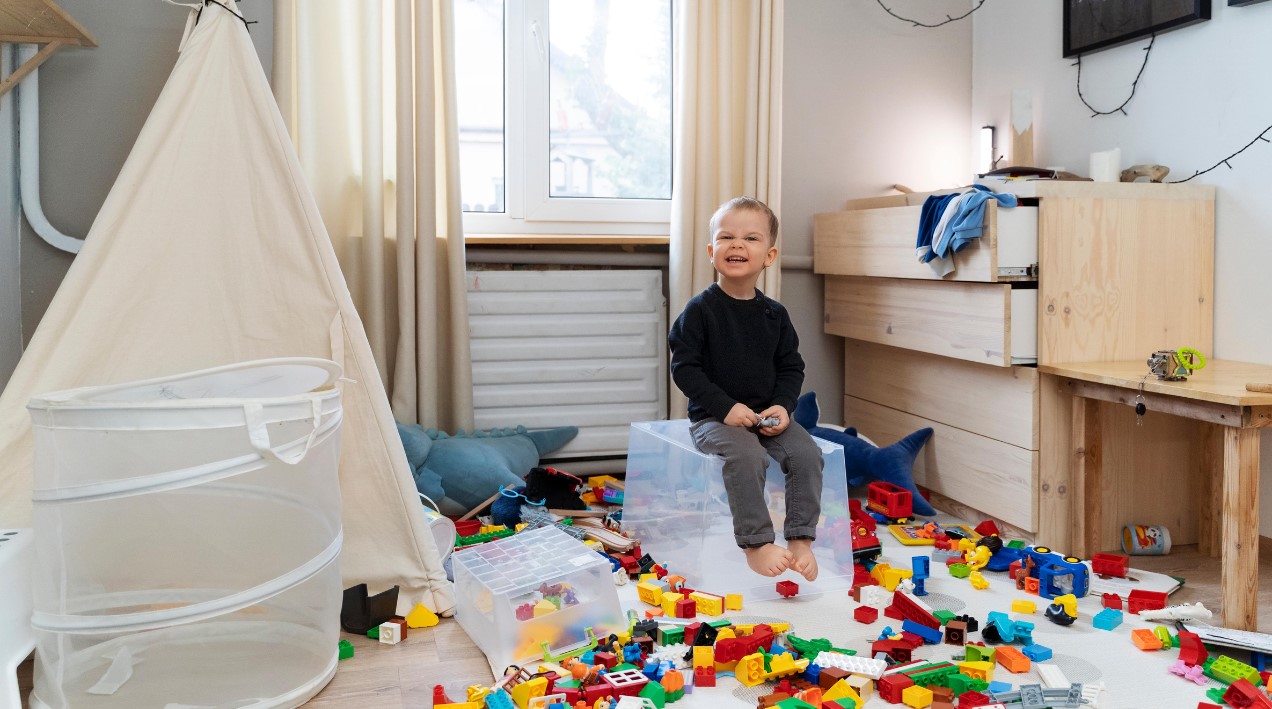
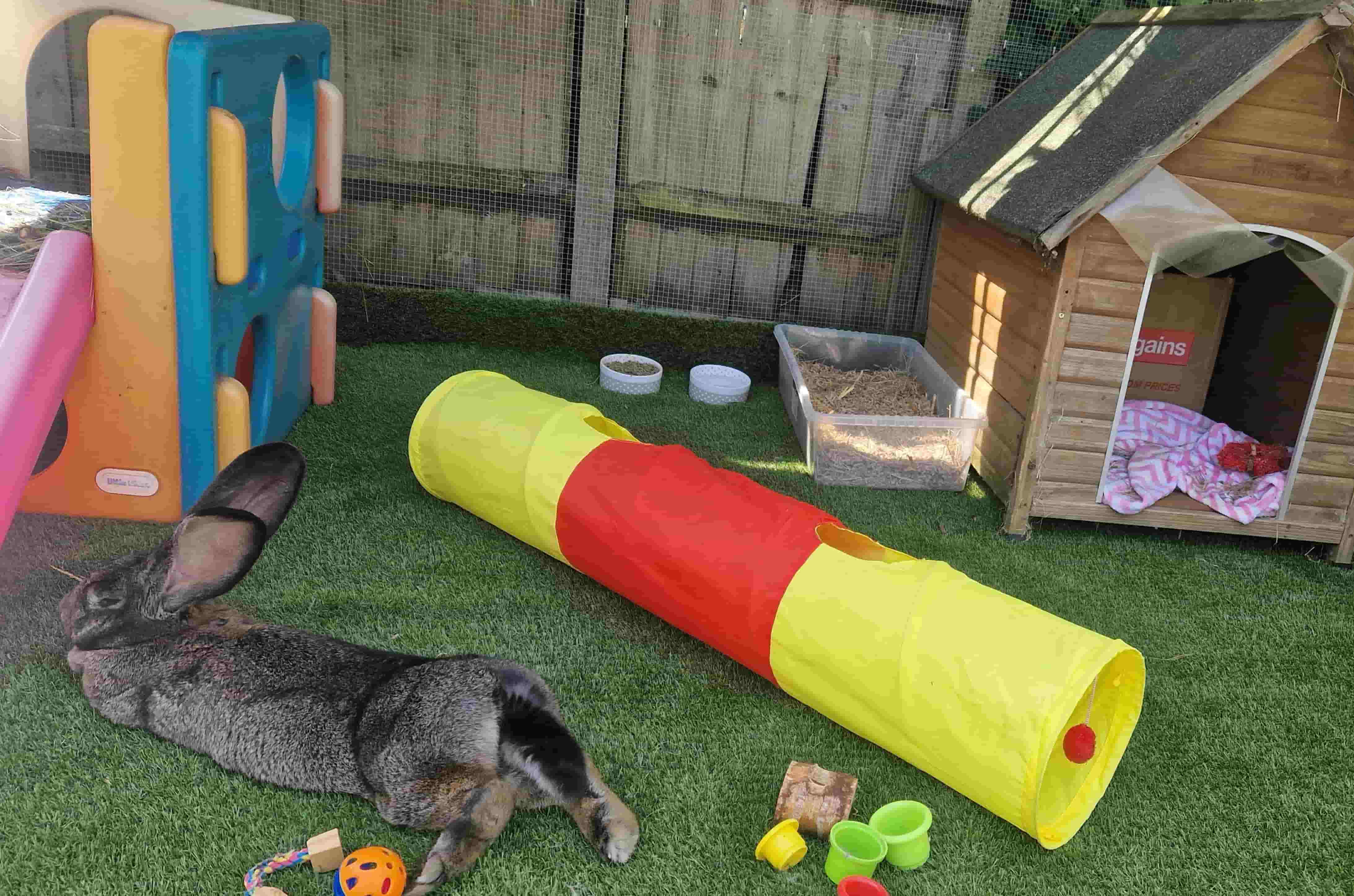
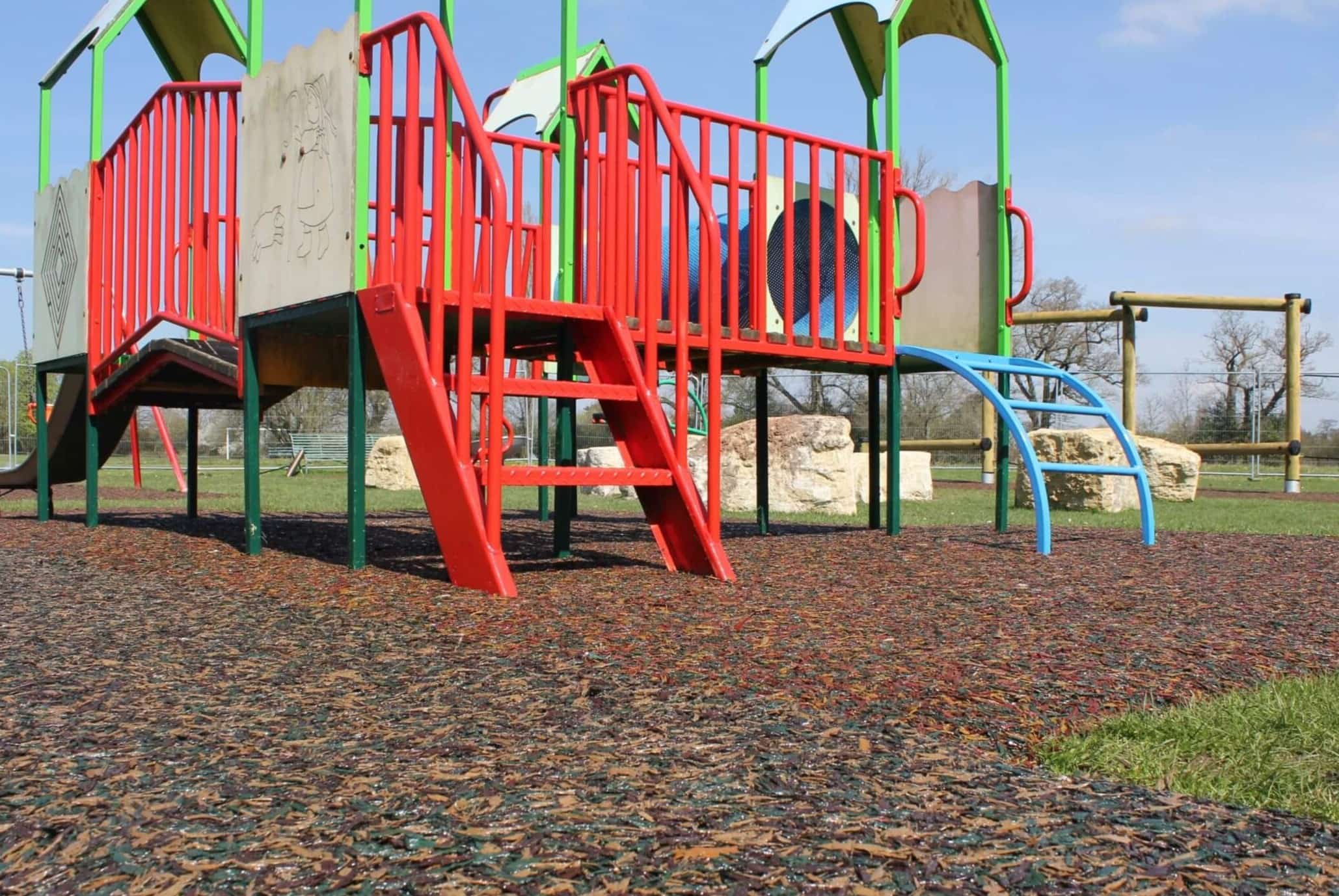


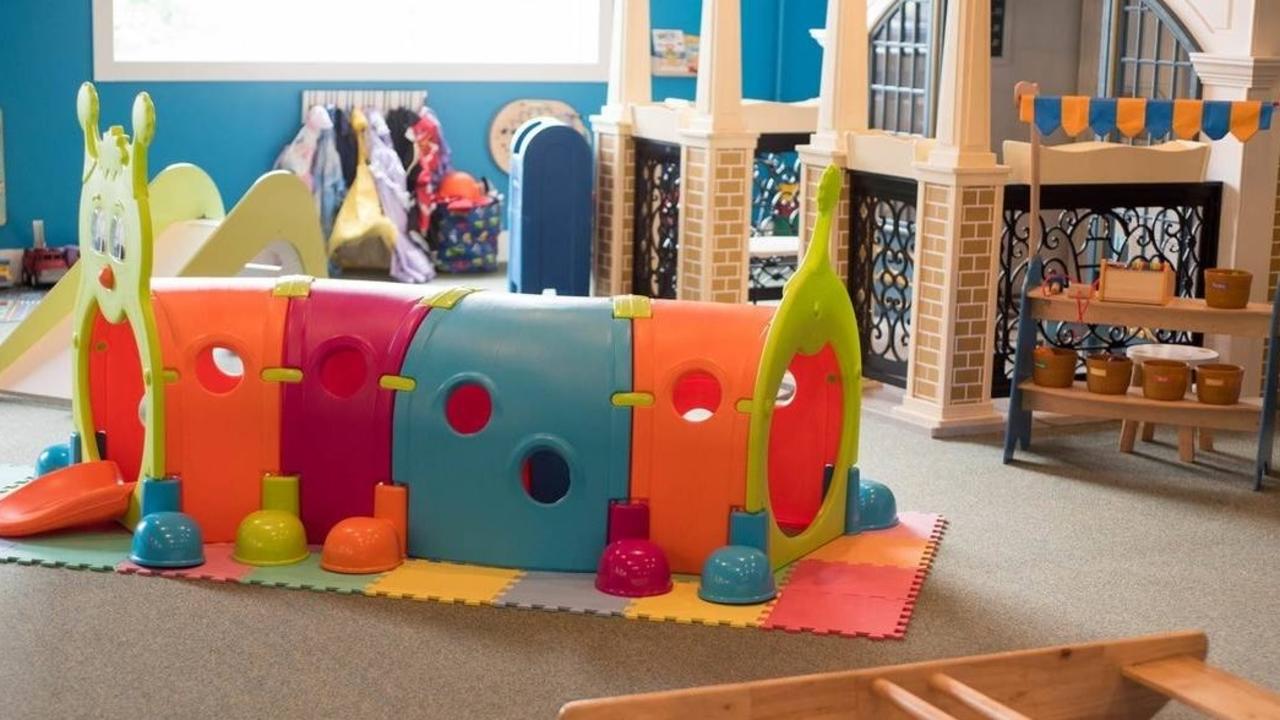
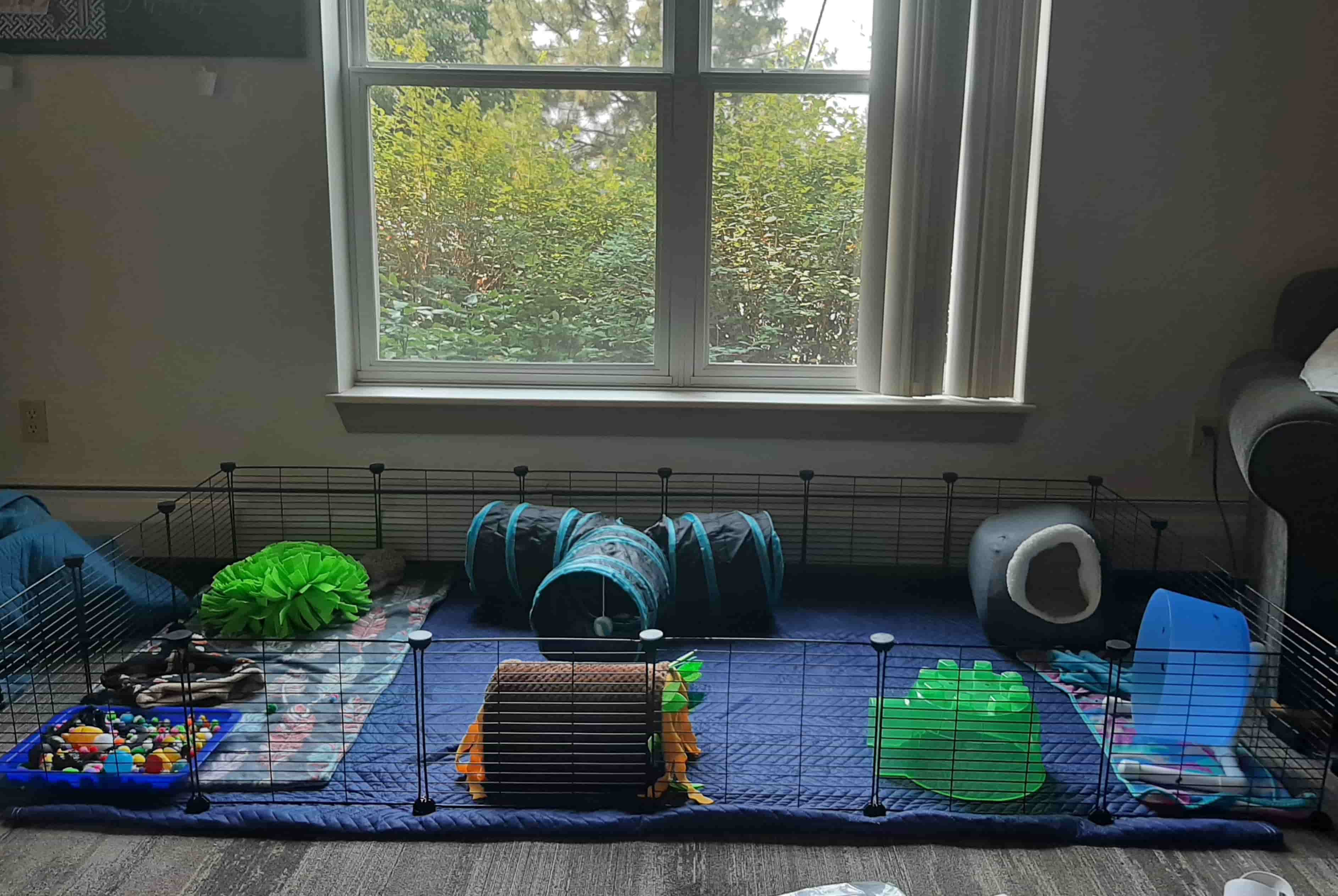

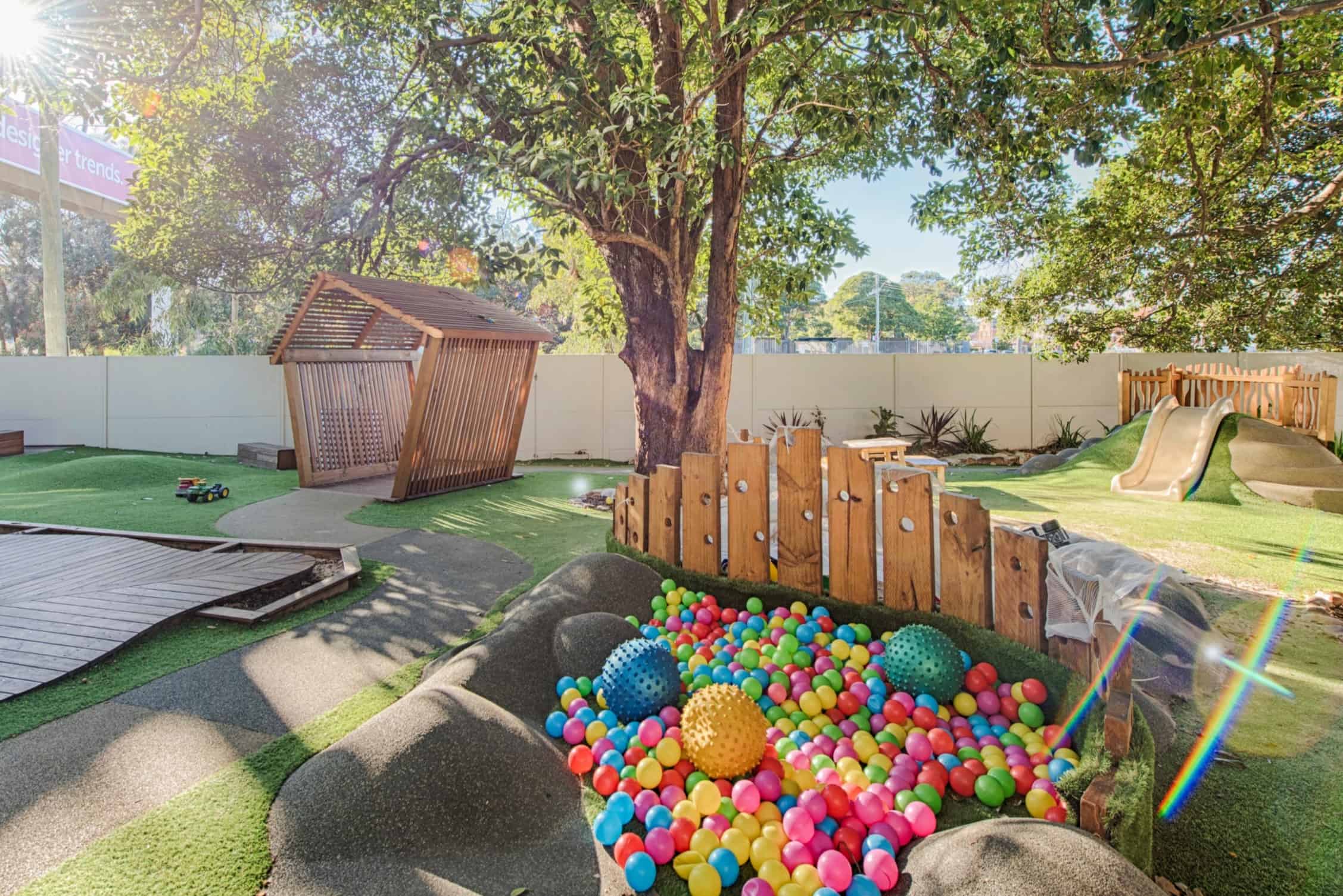

0 thoughts on “How To Engage A Fluent Reader Student In A Dramatic Play Area?”